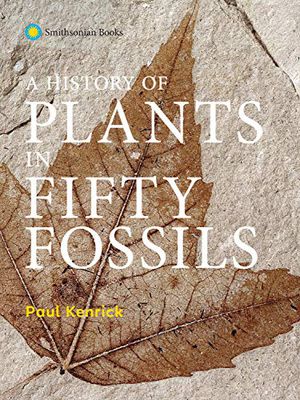2018 School Spending Survey Report
A History of Plants in Fifty Fossils
Smithsonian.
Apr. 2020.
160p.
Tr $24.95. ISBN 9781588346711.
COPY ISBN
VERDICT The dazzling visuals will draw both science-minded upper grade scholars and casual browsers. The meaty analyses will cause the former, at least, to linger.
RELATED
ALREADY A SUBSCRIBER? LOG IN
We are currently offering this content for free. Sign up now to activate your personal profile, where you can save articles for future viewing





Be the first reader to comment.
Comment Policy:
Comment should not be empty !!!